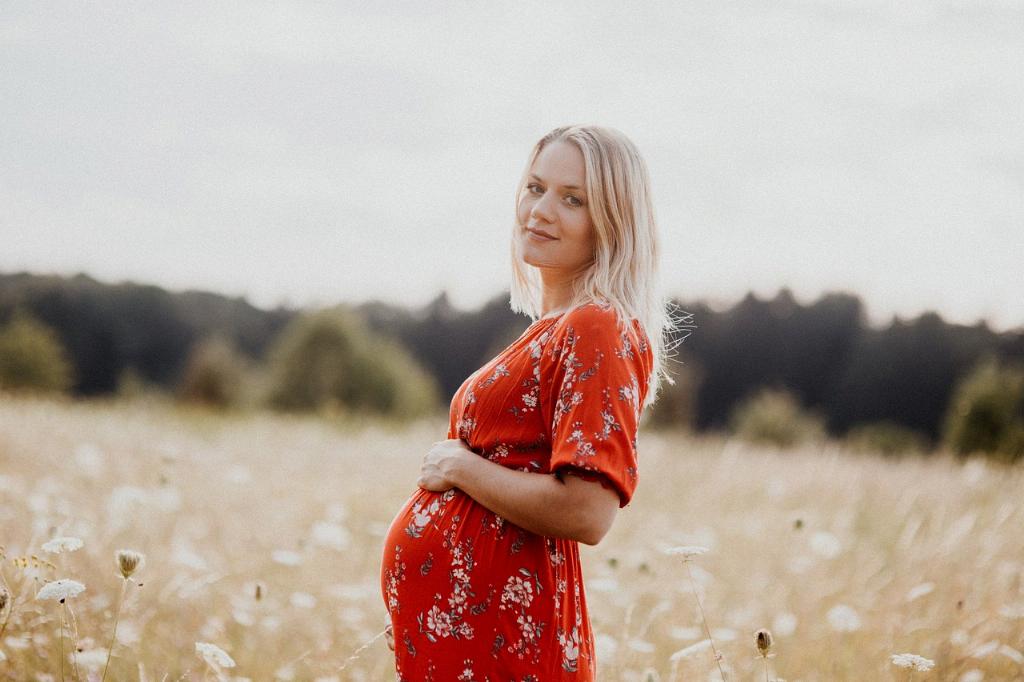After having a C-section, many women may wonder if the pouch that develops around their abdomen will ever go away. It’s important to understand that the pouch, often referred to as a “C-section pouch,” is a common occurrence after undergoing this type of surgery.
Factors Contributing to the C-Section Pouch
The development of a pouch after a C-section can be attributed to various factors. One of the main reasons is the stretching of the abdominal muscles and skin during pregnancy to accommodate the growing baby. Additionally, the incision made during the C-section procedure can also impact the appearance of the abdomen postpartum.
Postpartum Recovery and Lifestyle Choices
While the pouch after a C-section may be concerning for some women, it’s essential to remember that the body needs time to heal and recover after childbirth. Engaging in a healthy diet, staying hydrated, and incorporating gentle exercises approved by your healthcare provider can support your postpartum recovery journey.
Challenges in Eliminating the C-Section Pouch
Despite efforts to improve muscle tone and reduce excess fat through diet and exercise, some women may find it challenging to completely eliminate the C-section pouch. This is due to the nature of how C-section scars form and the changes that occur in the abdominal area during pregnancy.
Plastic Surgery Options: Tummy Tuck Considerations
For individuals seeking a more dramatic change in their abdominal appearance, a tummy tuck, also known as abdominoplasty, may be an option to consider. This surgical procedure involves removing excess skin and tightening the abdominal muscles to create a smoother, flatter contour.
Consulting with a Healthcare Provider
If you have concerns about the appearance of your abdomen post-C-section, it’s advisable to consult with your healthcare provider. They can evaluate your individual circumstances, provide guidance on safe and effective ways to address the pouch, and discuss the potential risks and benefits of surgical interventions.
Embracing Your Postpartum Body
It’s important to remember that every woman’s postpartum journey is unique, and the changes that occur in the body are part of the miraculous process of creating life. Embracing and appreciating your postpartum body, including the C-section pouch, can be a powerful way to cultivate self-love and acceptance.
Mental and Emotional Well-Being
Throughout the postpartum period, it’s crucial to prioritize your mental and emotional well-being. Adjusting to the physical changes post-C-section and the demands of caring for a newborn can be overwhelming, so seeking support from loved ones or a mental health professional can be beneficial.
Self-Care Practices
Incorporating self-care practices into your daily routine can also help promote overall wellness during the postpartum period. Whether it’s taking a relaxing bath, practicing mindfulness, or enjoying a nutritious meal, investing time in self-care can nurture your body and mind.
Community Support and Connection
Connecting with other mothers who have experienced similar post-C-section challenges can provide a sense of community and understanding. Sharing experiences, offering support, and seeking advice from fellow moms can create a supportive network to navigate the ups and downs of motherhood.
Conclusion: Empowering Your Postpartum Journey
As you navigate the changes that occur in your body after a C-section, remember to be gentle with yourself and acknowledge the strength and resilience it takes to bring a new life into the world. Whether the C-section pouch eventually diminishes or not, embracing your postpartum body with compassion and self-care can empower your journey to motherhood.

